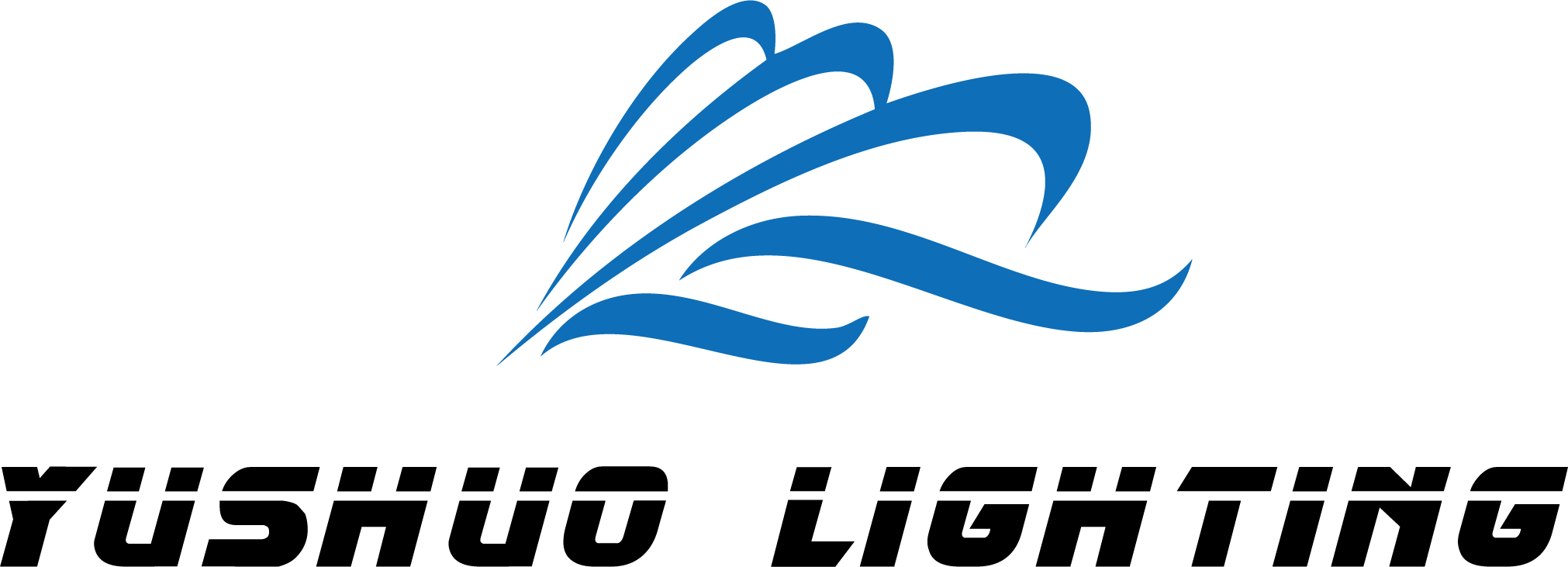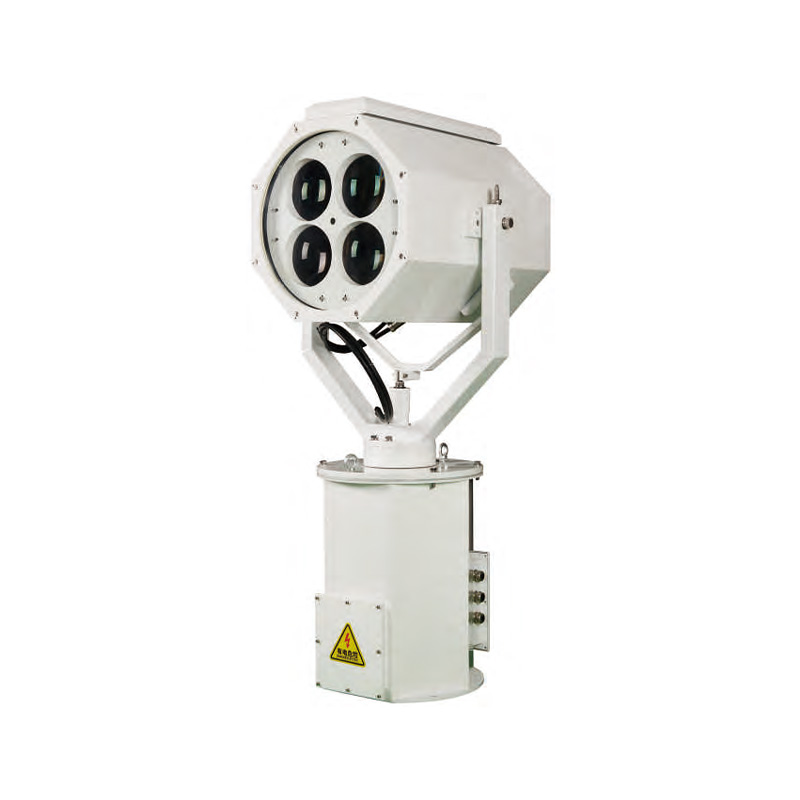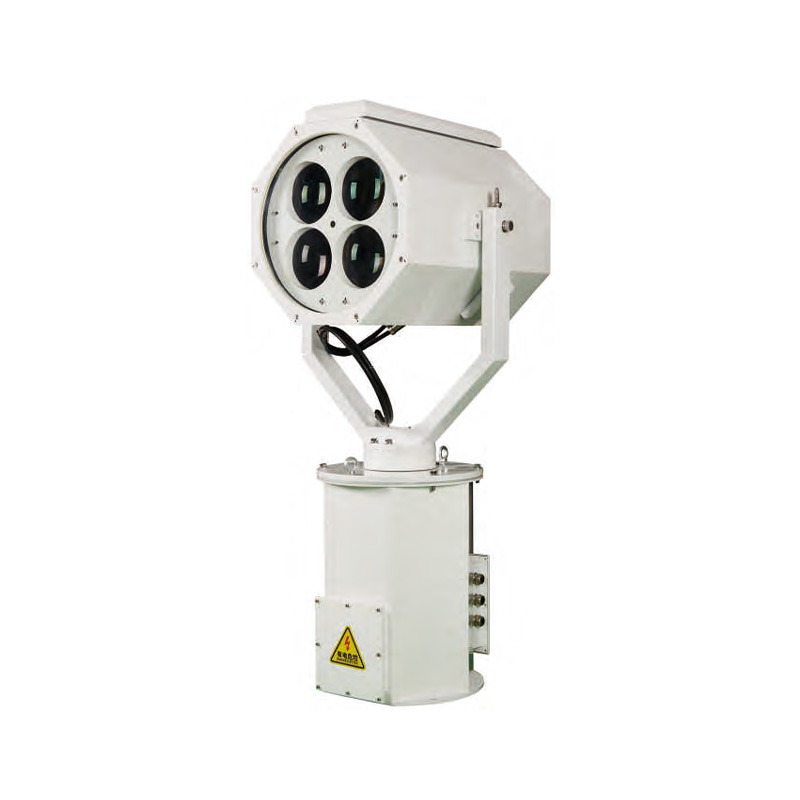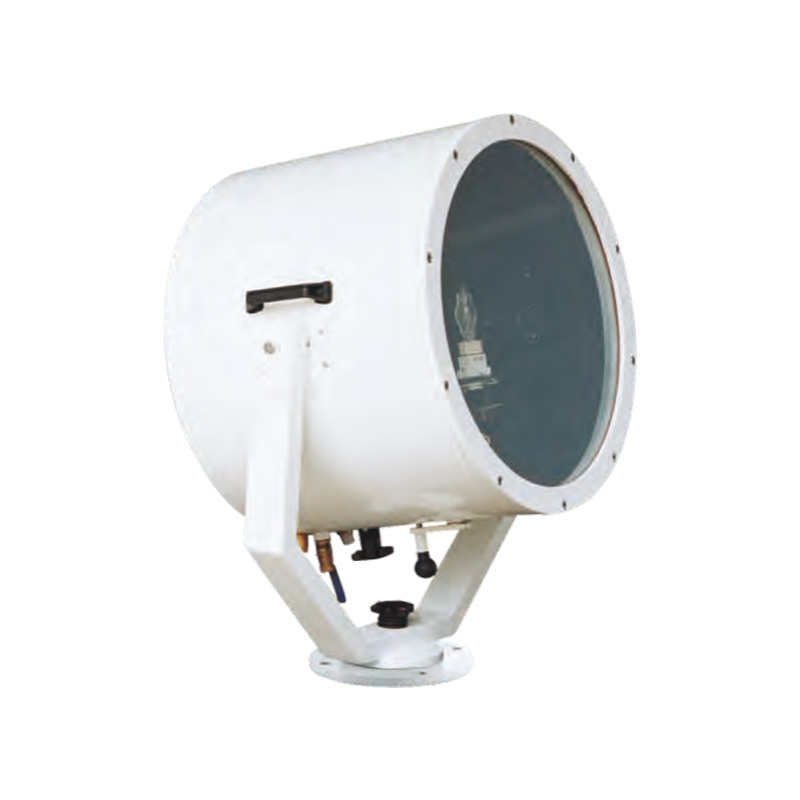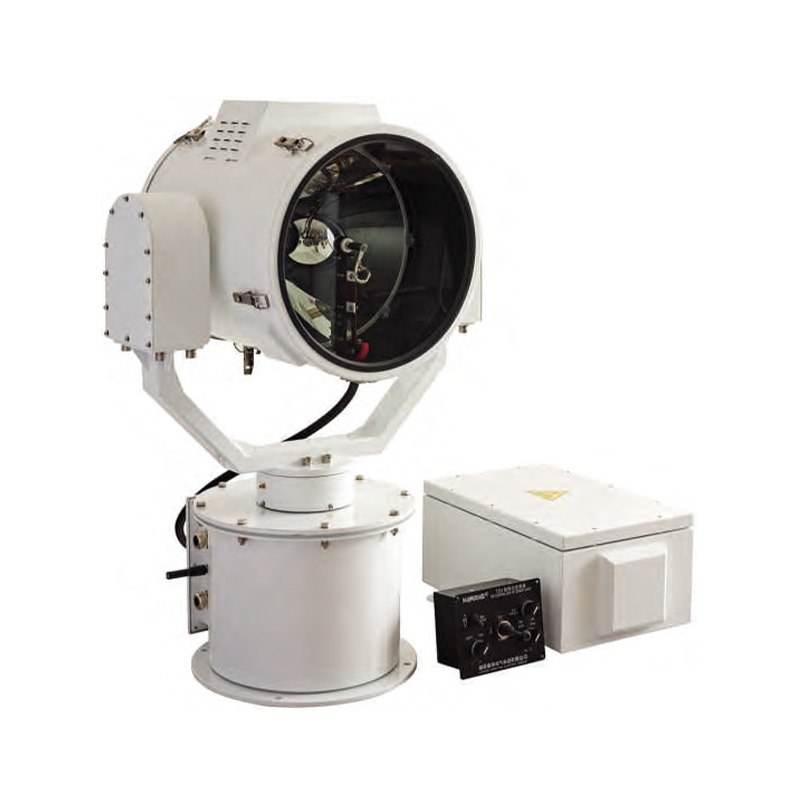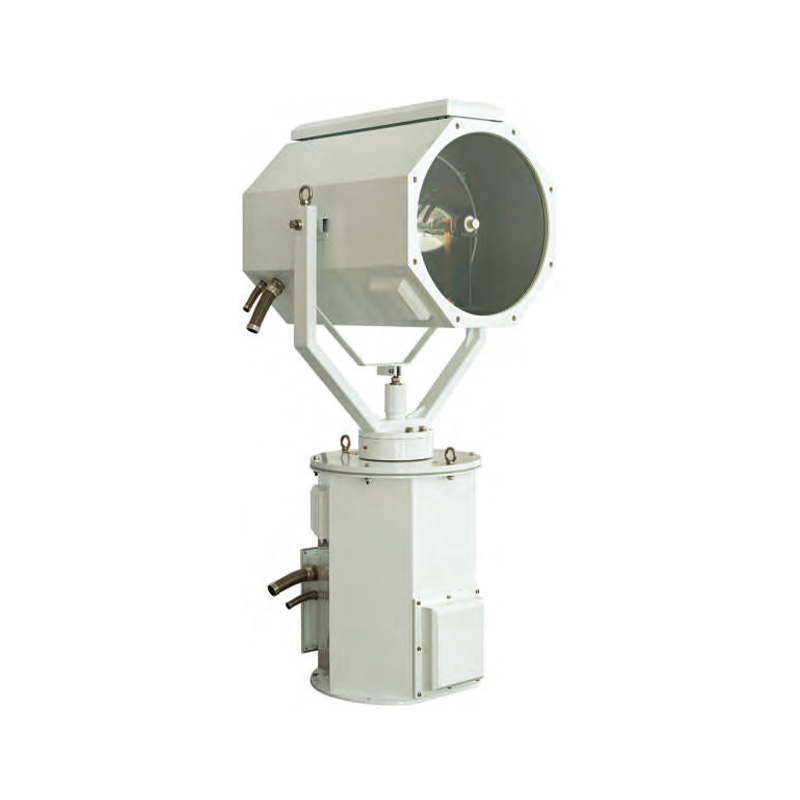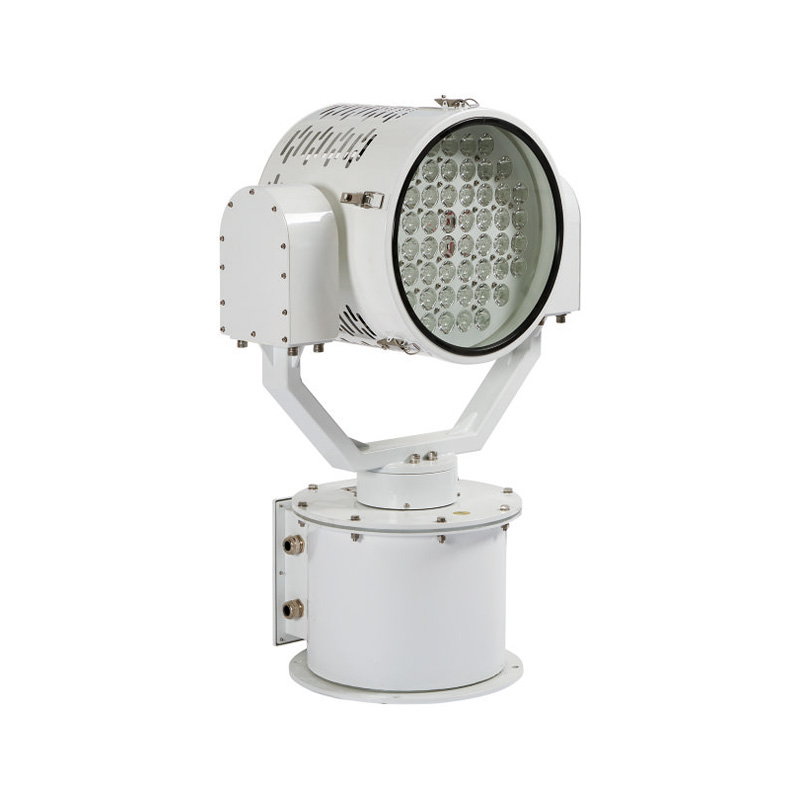How to Customize Illumination in Marine Searchlights
Marine searchlights are essential to ensure visibility during navigation, rescue operations, and docking maneuvers. Although traditional searchlights provide an adequate level of illumination, modern maritime operations require customized illumination to meet the needs of different operating scenarios. This article delves into the importance, the methods and technological innovations involved in customizing illumination in marine searchlights.
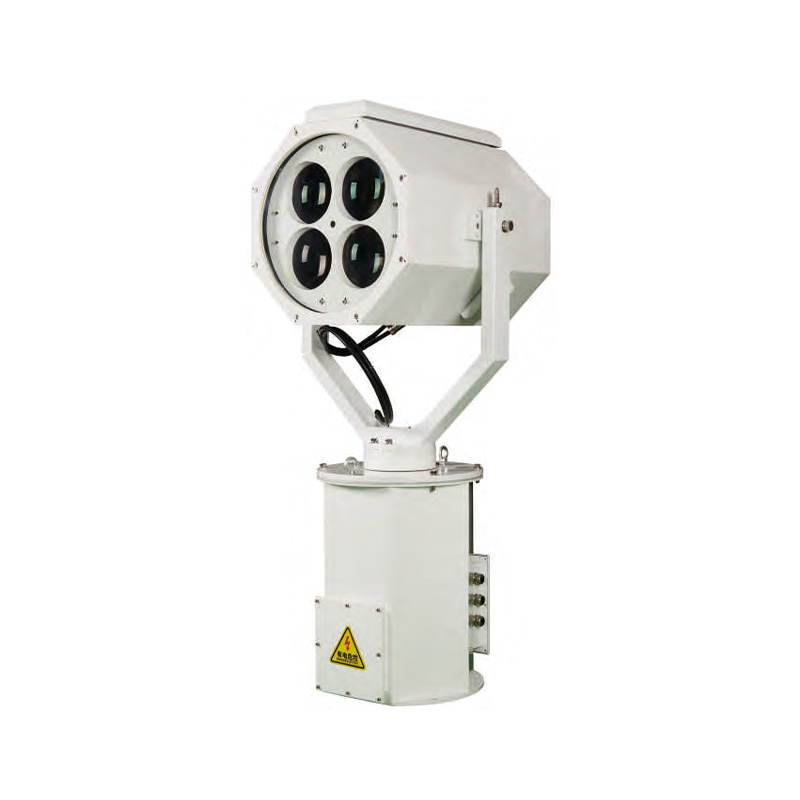
Table of Contents
Why Need Customizing Illumination in Marine Searchlights
Adaptability to Diverse Operational Scenarios
Different maritime operations require different lighting characteristics. A patrol boat might require an narrow beam that is focused to ensure a clear view of the long-range during surveillance, whereas fishing vessels might require a broad-angle floodlight to light the deck. Modifying the beam’s length and intensity allows users to seamlessly switch between lighting modes depending on the requirements of their work.
Enhanced Safety and Situational Awareness
Low visibility is among the most dangerous safety risks on the water. Customized searchlights reduce this risk by providing the best lighting that is suitable for a variety of weather conditions and sea conditions. For instance, dimmable intensity settings can decrease glare in cloudy conditions, while adjustable beam angles help direct light precisely on the areas that are needed, thereby increasing visibility and speed of response in emergency situations or night-time operations.
Improved Energy Efficiency and Power Management
Marine vessels are often operating under power limits that are extremely strict. Fixed intensity lights are a waste of energy when the maximum output isn’t required. Flexible illumination permits operators to adjust the brightness and direction of beams which can reduce the amount of power needed. This can be particularly beneficial for smaller vessels and battery-powered systems where energy conservation is a must.
Improved integration with Modern Navigation Systems
Advanced marine searchlights are designed to work with onboard radars, GPS, and camera systems. This integration allows the lights to respond dynamically–automatically tracking targets or scanning specific areas without manual adjustment. This allows the illumination system to be customized so that it functions as an intelligent component of the vessel’s overall control and navigation system.
Environmental and Task-Specific Optimization
There are different lighting options that are equally effective in every setting. Color temperature settings that can be customized such as those mentioned above permit changing of the light tone, such as cool white to enhance clarity, or warmer white for greater penetration in rain and fog. This customized approach ensures lighting is able to improve visibility in various operational and atmospheric conditions.
Greater Operational Efficiency and Crew Productivity
When the crew members can swiftly adjust lighting to meet their the needs of their job, for example, maintenance, cargo handling or emergency response, the outcome is safer, more efficient operation. Flexible lighting can reduce the amount of time required to adjust or relocate equipment, which allows for faster decision-making and efficient task execution.
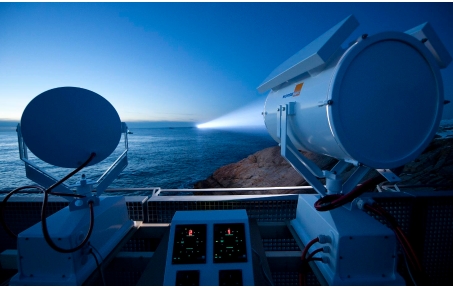
Key Elements of Customizing Illumination in Marine Searchlights to Meet Specific Needs
1. Tailoring Beam Performance
One of the fundamental aspects of customizing is the control of the search light beam. Different applications require different lighting strategies. A beam with a long range is required for identifying distant objects in surveillance or navigation, whereas an expansive, diffused beam is ideal for deck work and docking in close range. Thanks to modern optics and adjustable lens systems operators are now able to fine tune the size, reach and even the consistency of beams. This enables a single fixture to serve multiple purposes efficiently and with precision.
2. Intensity Control and Light Modulation
Another key aspect in adjusting the system includes the ability to control the intensity of light. Fixed-output beams can easily overpower in low-visibility situations and cause glare, or even reduce the depth perception. Customized searchlights on the other hand, provide adjustable brightness levels that can be adapted to suit the specific task. For instance when harbor operations are calm lower intensity might be preferable to avoid blocking vessels from passing by or disturbing wildlife. However, full brightness may be required in rescue operations where clear, immediate vision is essential. This allows for greater control of operations and helps conserve energy.
3. Directional Versatility
Searchlights don’t always work when they are not targeted precisely and swiftly. In marine situations that are dynamic the ability to direct light precisely, whether following a moving object or scanning the sea’s surface is essential. By integrating the motorized tilt and pan mechanisms modern searchlights can provide the full range of vertical and horizontal movement. They can be controlled remotely via an integrated bridge These directional functions allow instantaneous response without the need for physically adjusting the fixtures even in the event of turbulent conditions.
4. Integration with Digital and Remote Control Systems
As ships are becoming increasingly automated and controlled digitally, light systems for ships are catching up. One of the most distinctive characteristics of modern-day customized searchlights is their ability to work with digital interfaces. Operators are able to access control panels located on the bridge, make use of wireless remote control searchlights using the integrated software for navigation. Certain systems can be programmed to use specific lighting patterns, and automated in response to radar, or GPS input. This type of control improves the efficiency of operations, decreases the need for manual input and permits the searchlights to work in sync with other systems onboard.
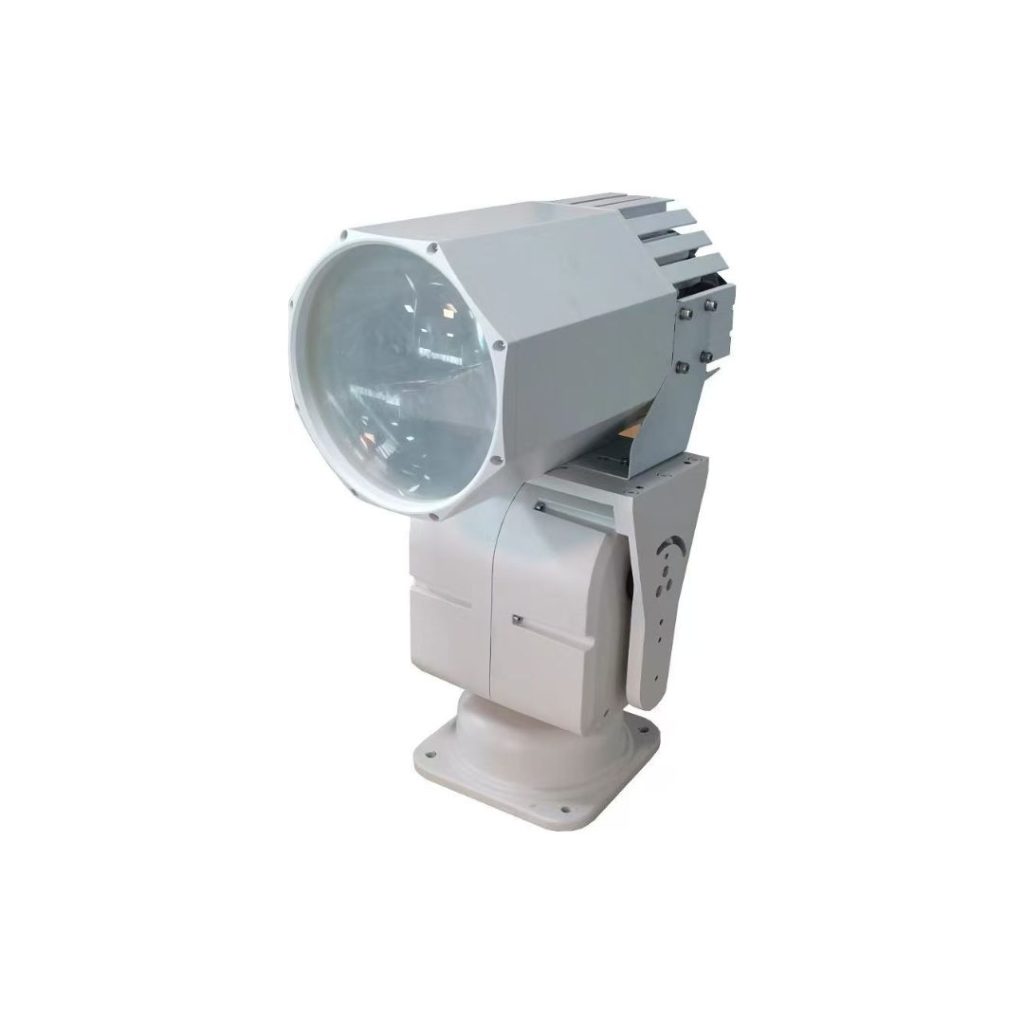
5. Environmental Adaptability Through Color and Spectrum
Different lighting conditions do not make identical, and neither are the environmental issues associated with them. Fog rain, snow and sea spray all react to light in various ways. Modifying the illumination requires not only beam shape and brightness, but also the color temperature. Light that is cool and white in color can be perfect to provide clear and high contrast vision and warmer tones be more effective when there is a lot of cloud or severe precipitation. In some instances certain spectral outputs like infrared or ultraviolet are essential in research-based or tactical applications. The capability to switch between these modes is an additional an additional layer of environmental sensitivity that fixed-spectrum lighting simply can’t offer.
6. Durability and Structural Adaptation for Marine Environments
Marine searchlights can also be customized to be ideally suitable for the conditions where they are employed. The exposure to wind, salt and vibration as well as temperature extremes requires solid material and seals. Searchlights that are of high-quality can be designed with corrosion-resistant coatings weatherproof housings that resist impact, as well as seals. Furthermore, structural design flexibility such as adjustable mounting options and compact housings — ensures that the lamp will meet the specific requirements of the vessel’s operational and spatial requirements.
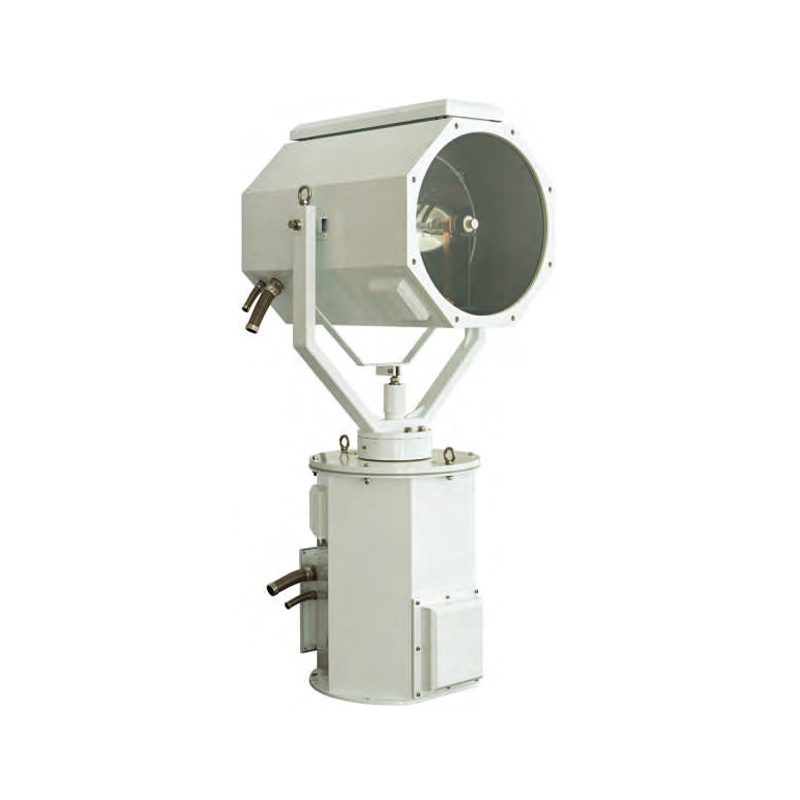
Technological Innovations Enabling Customizing Illumination in Marine Searchlights
Recent technological advancements enable searchlights to provide customized lighting solutions that can be used for a vast array in marine use. From advanced lighting sources, to integrated control systems, these innovations are transforming the way vessels interact with searchlights on the water.
1. Advanced LED Light Sources
The transition from lamps made of xenon or halogen to LED lighting sources that are high-performance has changed the way marine lighting is used. LED marine searchlights provide higher brightness, greater energy efficiency, and longer life span. Additionally, they allow the precise control of the light output. With dimmable features and instant off/on functionality and adjustable lighting patterns for beams, LEDs offer the flexibility necessary to adjust to a variety of marine conditions and needs.

2. Optical Lens and Reflector Systems
Contemporary optical design has created advanced reflector and lens systems that let users modify the beam’s characteristics without altering the fixture. The optical elements can either focus the beam on one narrow area to allow for long-distance viewing, or diffuse it to create broad-area floodlights. Certain systems employ motorized or interchangeable lenses to instantly switch modes, providing seamless switching between various lighting features.
3. Motorized Pan and Tilt Mechanisms
To improve directional control, numerous customizable marine searchlights have motorized tilt and pan functions. They allow 360 degrees of horizontal and a wide vertical range that allow operators to direct the beam precisely exactly where they need it. It is controlled via a remote panel, joystick or a software interface, this function lets you make rapid and precise lighting adjustments without the need for manual moving the beam.
4. Intelligent Control Interface
Wireless remotes, touchscreen panels and bridge-integrated control interfaces make it much easier to customize and operate marine searchlights. Users can control beam intensity angles, angles, directions, and temperature using an centralized station. Certain systems can even provide pre-programmed lighting sequences, or recall of previously utilized configurations to streamline multi-step processes.
5. Color Temperature and Multispectral Output Control
The ability to adjust the color temperature of a light allows searchlights to adjust their output according to changing operating and atmospheric conditions. Cool white light increases clarity and contrast while warm white is able to penetrate fog or rain more efficiently. Some models that are more advanced also have multi-spectral features, such as infrared (IR) to allow night vision compatibility and UV (UV) for applications like fishing or contamination detection.
6. Sensor Integration and Automation
Customized searchlights are now commonly equipped with the ability to integrate with radars, GPS, and motion or heat sensors. These advanced systems permit the light to follow targets that are moving or align with the information from navigation, or alter the brightness in accordance with ambient light. This kind of automation eases the workload of the operator while increasing efficiency and accuracy in urgent circumstances such as searches and rescue.
7. Modular and Weatherproof Construction
It also includes the design of the search light. Modular housings permit different light heads, mounts as well as control unit to be used depending on the type of vessel and the mission’s requirements. High–IP-rated enclosures in the searchlights equipped with anti-corrosion coatings guarantee solid operation in harsh marine environments, which includes exposure to vibration, saltwater as well as extreme temperature.
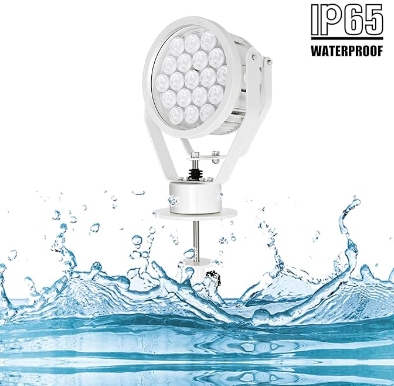
8. Software and Connectivity Innovations
A few of the most modern searchlight systems have software connectivity to aid in diagnoses, firmware updates and monitoring performance. Bluetooth-enabled or Wi-Fi enabled devices can give remote access, while Ethernet along with NMEA 2000 compatibility, allow for seamless integration into the ship’s communication as well as navigational systems. This will ensure that lighting equipment stays current and connected to the larger operating framework of the vessel.
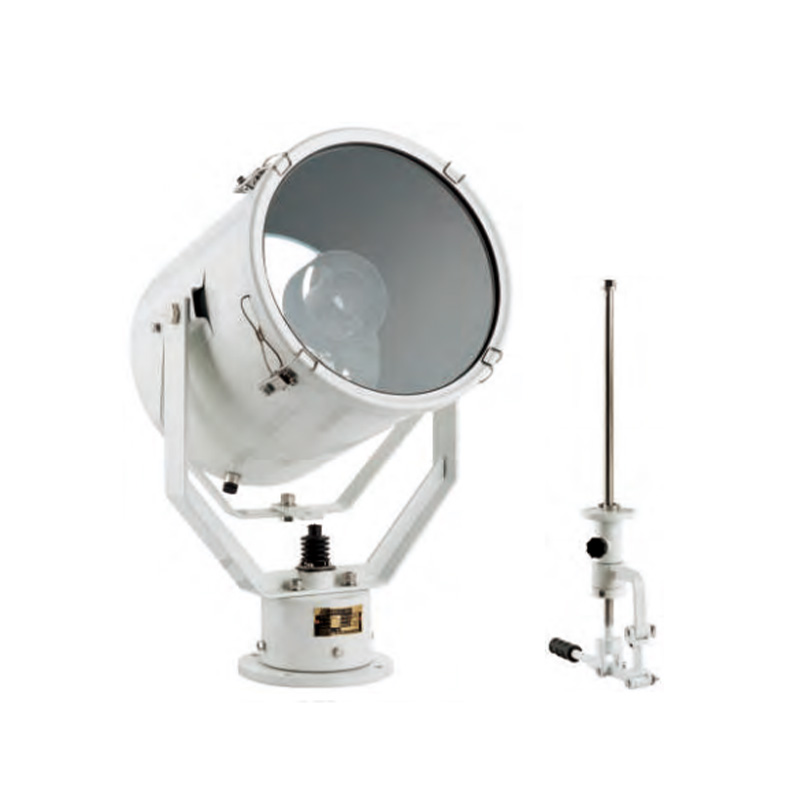
Applications of Marine Searchlights with Customized Illumination
| Application Area | Customized Illumination Features | Benefits |
| Search and Rescue Operations | High-intensity beam, narrow beam with variable direction; connection to thermal camera or radar | It pinpoints targets even in difficult conditions; increases response time and accuracy |
| Night Navigation | Dimmable output, variable beam angles and temperature. | Reduces glare; improves visibility in rain, fog and in darkness |
| Commercial Fishing | Floodlighting over a large area; warm color temperature, high output of lumens | Illuminates decks and nets, improves efficiency of catch; lessens the fatigue of crew members. |
| Military and Law Enforcement | Infrared and covert modes with programmable scanning patterns; silent operation and remote control | It allows stealth surveillance and tactical response. It also supports night vision equipment |
| Docking and Mooring | Medium-wide beam; motorized tilt and pan to ensure dynamic alignment | Aids in the precise positioning of vessels and prevents structural injury |
| Cargo Handling | High CRI (Color Rendering Index) Continuous flood beam | Improves visibility of labels and markings; improves the safety of loading and unloading |
| Luxury Yachting | Color-changing LEDs; soft ambient modes; remote touch-panel control | Enhances the aesthetics and comfort of your vehicle It is in sync with the onboard automation systems. |
| Scientific Research Vessels | Modular design with specific outputs for spectrum (e.g. blue light, UV/UV for marine life observation) | Supports marine research that is specialized and reduces the impacts on ecosystems of the ocean |
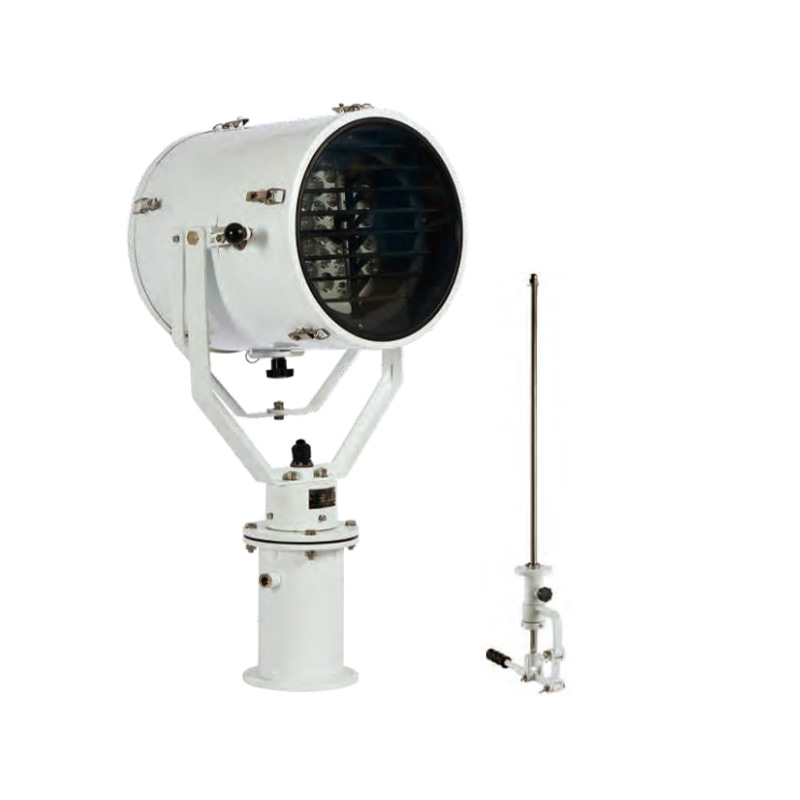
Summary
Customizing illumination in marine searchlights is essential in today’s high-risk and complex maritime operations. By allowing customized searchlight solutions, these advancements improve safety, extend operational capabilities and reduce energy consumption. As maritime technology continues to advance, searchlights with customized illumination will continue to be on the cutting edge of smart vessel design, aiding ships of all types to perform more efficiently in the most challenging maritime conditions.
